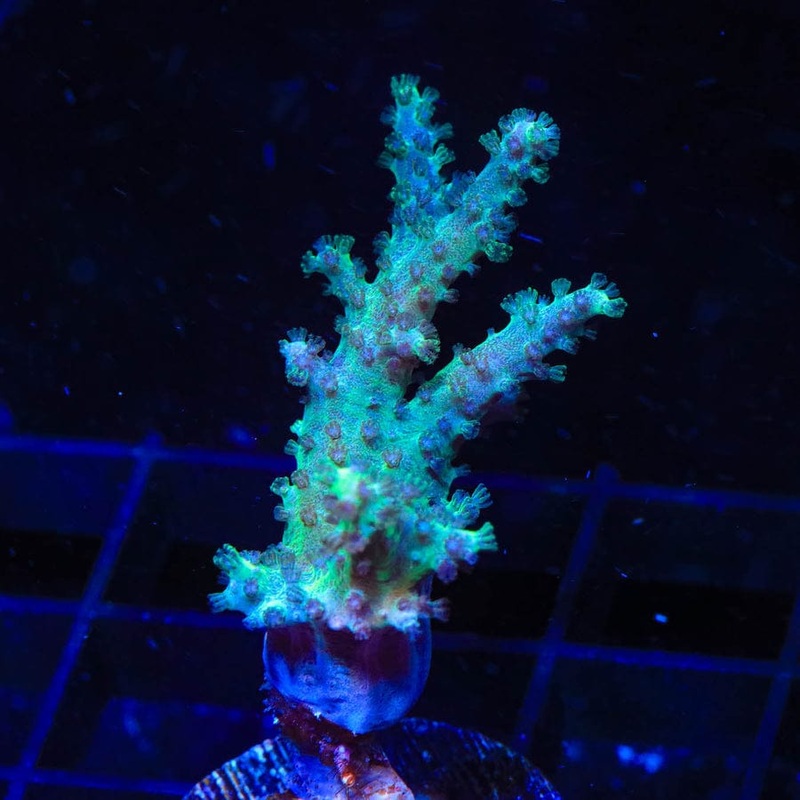 Sale!
Sale! Mint Finger Leather Coral
- $69.99
- $35.00
Introduction to LeathersLeather corals are a diverse group of soft corals known for their flexibility, unique structures, and ability to thrive in a range of reef environments. Unlike stony corals, they lack a rigid calcium carbonate skeleton, allowing the
- 100% Happiness Backed or Your Money Back
- Free Delivery on 30+ Orders
- 60-Day Hassle-Free Returns
Introduction to Leathers
Leather corals are a diverse group of soft corals known for their flexibility, unique structures, and ability to thrive in a range of reef environments. Unlike stony corals, they lack a rigid calcium carbonate skeleton, allowing them to move with the water’s flow.
These corals grow in various forms, from broad, flattened surfaces like Sarcophyton (Toadstool Leather) to the branching structures of Sinularia and the folded, ridged appearance of Lobophytum. Their colors include shades of tan, brown, green, and yellow, with some species developing fluorescent highlights under actinic lighting.
Hardy and adaptable, they are a solid choice for both beginner and experienced reef keepers. They do well in mixed reef tanks and tolerate a broad range of conditions. However, some species release chemical compounds (allelopathy) that can affect nearby corals, so using carbon filtration and maintaining adequate space between corals is recommended.
Natural Habitat and Origin
Leather corals are found throughout the Indo-Pacific, thriving in shallow reef environments from the Red Sea to Australia and across the islands of the Pacific. They are commonly found in lagoons, reef flats, and slopes, where water movement varies from gentle to moderate.
Unlike stony corals that rely on a rigid skeleton, these soft corals attach to rocks or sandy substrates and can adapt to different flow conditions. Many species are resilient to environmental changes, making them some of the most widespread corals in tropical reefs.
In the wild, they play a role in reef ecosystems by providing shelter for small reef organisms and contributing to the overall structure of the habitat. Some species grow quickly and can dominate areas of the reef, while others remain more compact, depending on their surroundings.
Water Chemistry
These corals are more forgiving than stony corals when it comes to water parameters, but stable conditions are still important for long-term health and growth. They thrive in environments with moderate nutrient levels and dont require the same calcium demands as LPS or SPS corals.
- Calcium: 380450 ppm
- Alkalinity: 710 dKH
- Magnesium: 12501350 ppm
- Nitrates: 520 ppm
- Phosphates: <0.10 ppm
- Temperature: 7680F
These corals can tolerate mild nutrient fluctuations but will show signs of stress if conditions become unstable. Sudden parameter swings can lead to tissue shrinkage or excessive shedding. Regular water changes, protein skimming, and activated carbon help maintain water quality and remove any allelopathic compounds they may release.
Lighting
Leather corals thrive under low to moderate lighting conditions, making them adaptable to a variety of reef tank setups. While they dont require the intense light levels needed by SPS corals, proper lighting is still essential for maintaining healthy growth and coloration.
- PAR Range: 50150 for optimal health and growth.
- Lower light conditions encourage broader, more extended growth, while moderate lighting enhances color vibrancy.
- Blue-spectrum lighting can help bring out fluorescent highlights in certain species.
- Avoid placing them under direct, high-intensity lighting, as excessive exposure can cause stress or excessive shedding.
At Top Shelf Aquatics, we grow these corals under controlled lighting systems like Ecotech Marine Radions and T5 fixtures to ensure they develop strong, healthy structures and retain their natural colors. When introducing them to your tank, start with lower light levels and gradually adjust placement based on their response.
Water Flow
These corals prefer moderate, indirect water movement that keeps their surfaces clean without causing excessive stress. Proper water flow helps remove detritus and promotes healthy tissue expansion, but excessive turbulence can lead to retraction or irritation.
- Moderate, randomized flow is idealenough to prevent debris buildup but not so strong that it forces the coral to stay retracted.
- Avoid placing them in direct, high-flow areas, as excessive movement can cause tissue stress and stunt growth.
- Adjustable wave makers or pumps can help create natural, variable flow patterns similar to their wild environment.
At Top Shelf Aquatics, we use Ecotech Marine MP pumps and Sicce wave makers to provide consistent yet gentle circulation. Observing how the coral reacts to flow can help determine the best placement within your tank.
What We Feed
While these corals rely primarily on their symbiotic zooxanthellae for energy, supplemental feeding can encourage faster growth and improve overall health. They absorb dissolved nutrients from the water column and can benefit from occasional target feeding.
- Phytoplankton-based foods (e.g., Tisochrysis)
- Powdered coral foods (e.g., Reef Roids, Benepets Coral Food)
- Amino acid supplements to support tissue health
- Broadcast feeding works well, as they absorb nutrients directly from the water.
- Target feeding is not necessary but can be beneficial for some species.
- Feed 12 times per week, depending on nutrient levels in the tank.
- Avoid overfeeding, as excessive organic matter can lead to algae growth.
At Top Shelf Aquatics, we incorporate phytoplankton and amino acids into our feeding regimen to ensure optimal health and coloration. While these corals dont require frequent feeding, providing occasional nutrients can enhance their overall appearance.
Coloration
These corals exhibit a range of colors, including shades of tan, brown, green, yellow, and even fluorescent variations under blue-spectrum lighting. While some naturally maintain consistent coloration, others may shift hues depending on water quality, lighting, and overall tank stability.
- Blue-spectrum lighting enhances fluorescence in certain varieties.
- Stable calcium, alkalinity, and magnesium levels contribute to healthy growth and tissue integrity.
- Moderate nutrient levels (nitrates between 520 ppm) help sustain rich coloration.
- Occasional feeding with phytoplankton or amino acids can encourage deeper, more vibrant colors.
With stable conditions and proper care, these corals will develop their natural vibrancy and add dynamic movement to the reef.
Common Challenges
- Shedding (Waxing Phase): A natural process where the coral secretes a thin mucus layer to remove debris and algae.
- Tissue Retraction: Stress from strong currents, unstable parameters, or chemical warfare from nearby corals.
- Discoloration or Fading: Caused by inadequate lighting, nutrient imbalances, or prolonged stress.
- Excessive Algae Growth: High phosphate and nitrate levels can encourage algae buildup.
- Chemical Warfare (Allelopathy): Some species release compounds that affect nearby corals.
Acclimation Guide
- Temperature Acclimation: Float the bag for 1520 minutes to equalize temperature.
- Drip Acclimation: Slowly mix tank water over 3045 minutes.
- Lighting Acclimation: Start in a low-light area and increase gradually.
- Placement: Secure on a stable rock structure or sandy substrate.
Cost:
$25
Free Shipping:
We offer free shipping on orders over $30. Please check the free - shipping eligibility at checkout.
Delivery Time:
It usually takes [3-5] business days for standard shipping. Please note that this is an estimated time frame and may be affected by local holidays, and unforeseen circumstances.


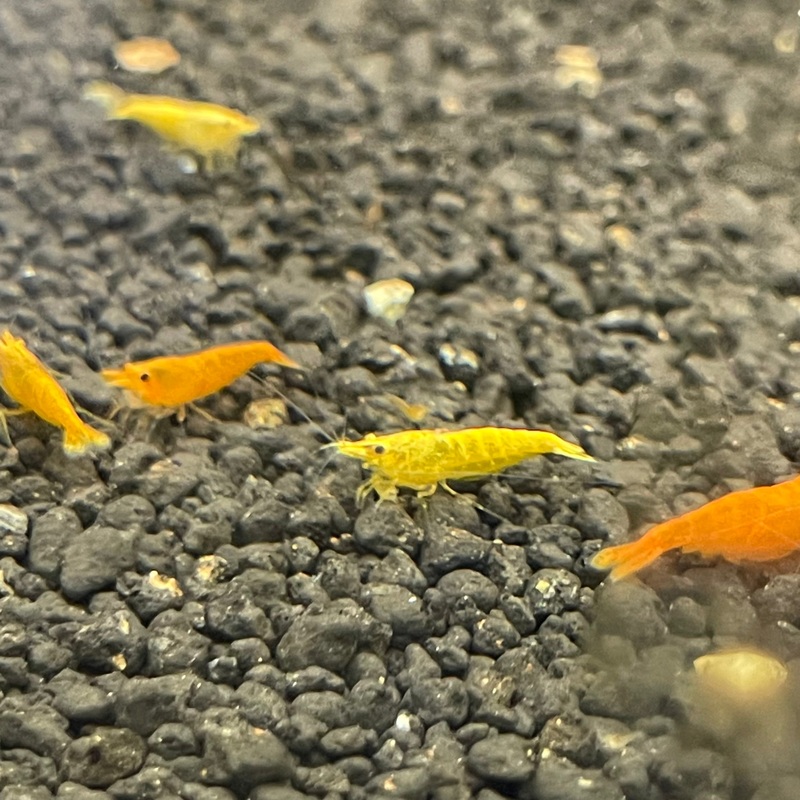
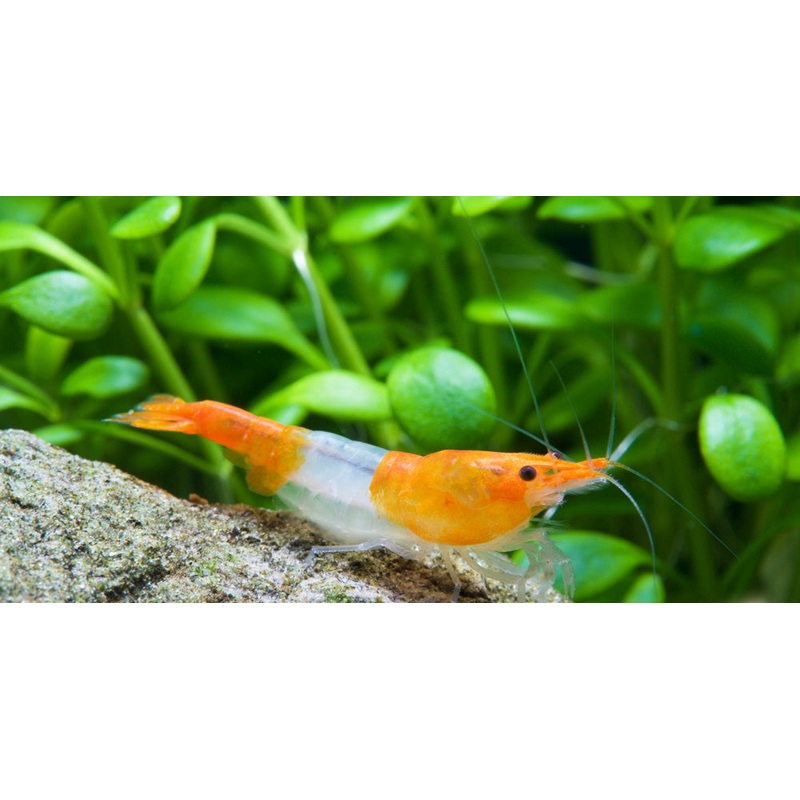
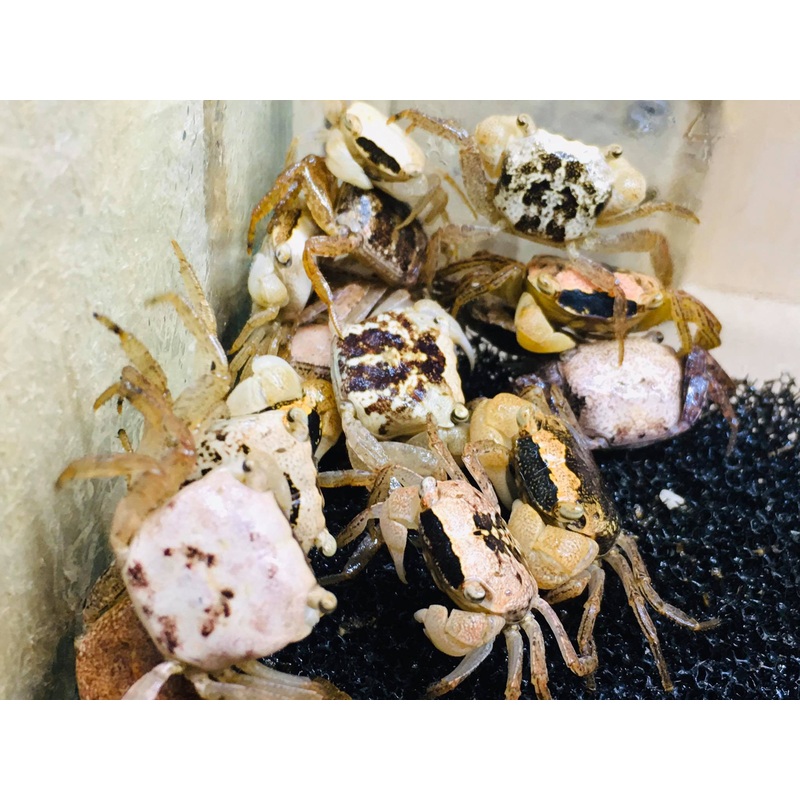
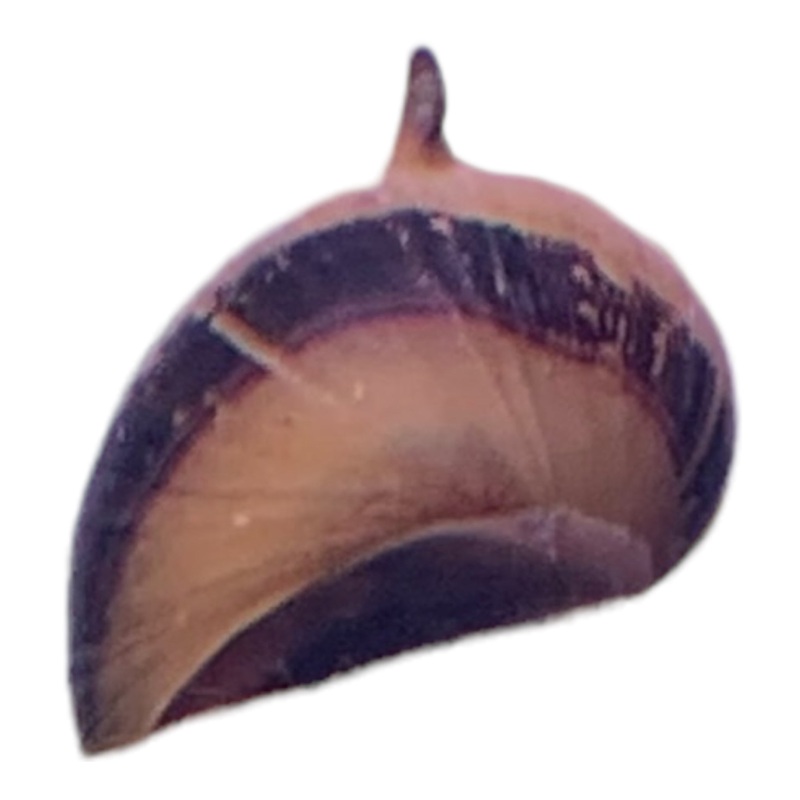
Reviews
There are no reviews yet.